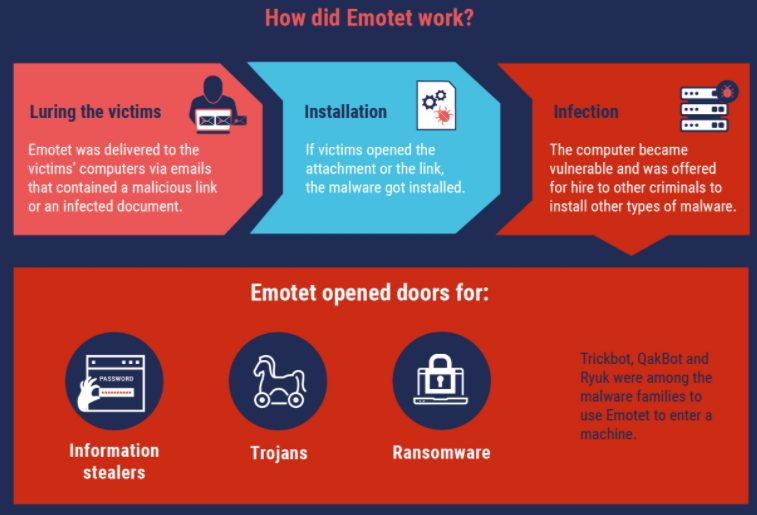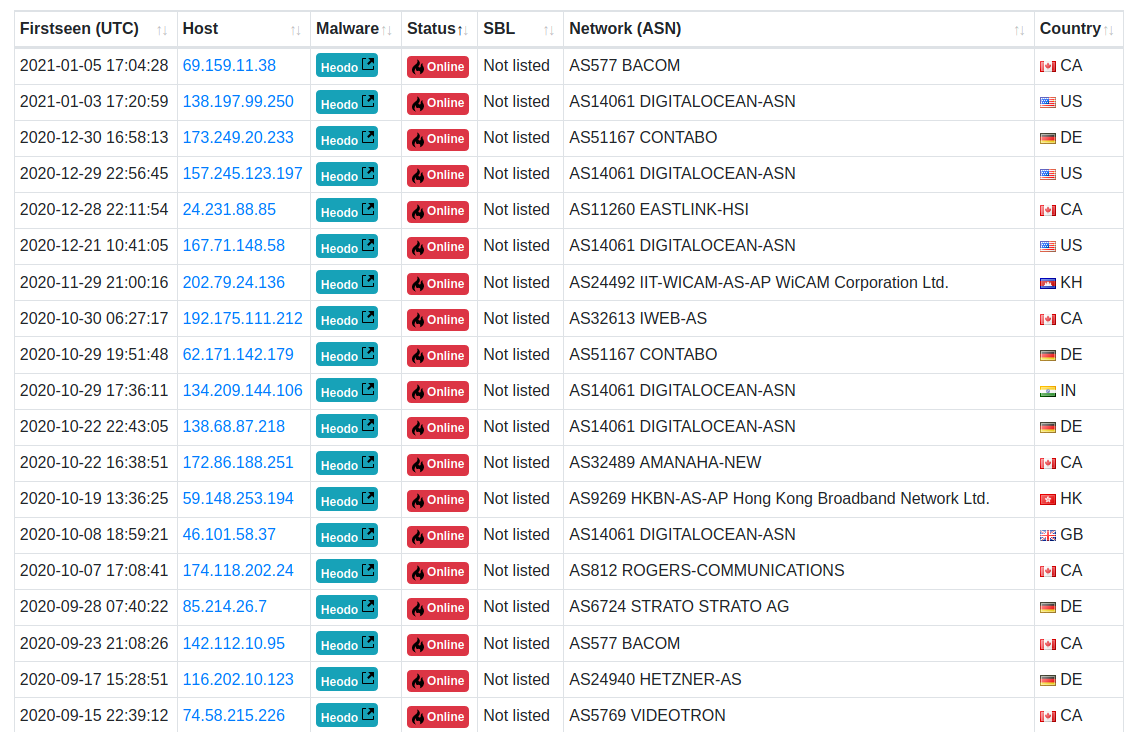Pinecone lands $10M seed for purpose-built machine learning database
Pinecone, a new startup from the folks who helped launch Amazon SageMaker, has built a vector database that generates data in a specialized format to help build machine learning applications faster, something that was previously only accessible to the largest organizations. Today the company came out of stealth with a new product and announced a $10 million seed investment led by Wing Venture Capital.
Company co-founder Edo Liberty says that he started the company because of this fundamental belief that the industry was being held back by the lack of wider access to this type of database. “The data that a machine learning model expects isn’t a JSON record, it’s a high dimensional vector that is either a list of features or what’s called an embedding that’s a numerical representation of the items or the objects in the world. This [format] is much more semantically rich and actionable for machine learning,” he explained.
He says that this is a concept that is widely understood by data scientists, and supported by research, but up until now only the biggest and technically superior companies like Google or Pinterest could take advantage of this difference. Liberty and his team created Pinecone to put that kind of technology in reach of any company.
The startup spent the last couple of years building the solution, which consists of three main components. The main piece is a vector engine to convert the data into this machine-learning ingestible format. Liberty says that this is the piece of technology that contains all the data structures and algorithms that allow them to index very large amounts of high dimensional vector data, and search through it in an efficient and accurate way.
The second is a cloud hosted system to apply all of that converted data to the machine learning model, while handling things like index lookups along with the pre- and post-processing — everything a data science team needs to run a machine learning project at scale with very large workloads and throughputs. Finally, there is a management layer to track all of this and manage data transfer between source locations.
One classic example Liberty uses is an eCommerce recommendation engine. While this has been a standard part of online selling for years, he believes using a vectorized data approach will result in much more accurate recommendations and he says the data science research data bears him out.
“It used to be that deploying [something like a recommendation engine] was actually incredibly complex, and […] if you have access to a production grade database, 90% of the difficulty and heavy lifting in creating those solutions goes away, and that’s why we’re building this. We believe it’s the new standard,” he said.
The company currently has 10 people including the founders, but the plan is to double or even triple that number, depending on how the year goes. As he builds his company as an immigrant founder — Liberty is from Israel — he says that diversity is top of mind. He adds that it’s something he worked hard on at his previous positions at Yahoo and Amazon as he was building his teams at those two organizations. One way he is doing that is in the recruitment process. “We have instructed our recruiters to be proactive [in finding more diverse applicants], making sure they don’t miss out on great candidates, and that they bring us a diverse set of candidates,” he said.
Looking ahead to post-pandemic, Liberty says he is a bit more traditional in terms of office versus home, and that he hopes to have more in-person interactions. “Maybe I’m old fashioned but I like offices and I like people and I like to see who I work with and hang out with them and laugh and enjoy each other’s company, and so I’m not jumping on the bandwagon of ‘let’s all be remote and work from home’.”
![]()







